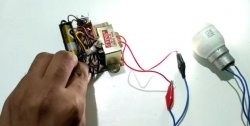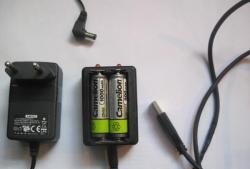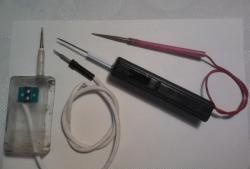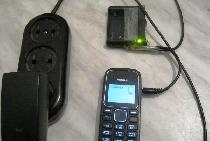This indicator will inform you in time that your battery is low. The main advantage of the proposed scheme is the clarity of operation. In other words, the signal LED lights up immediately without a smooth dimming. Plus, the device can quite accurately track a given threshold.
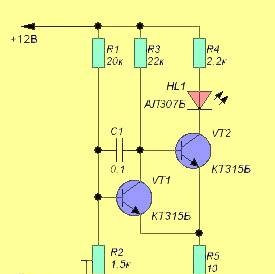
The scheme is simple and, with proper assembly and working radio elements, it starts working immediately without configuration. You only need to adjust the threshold for the trimmer resistor R2.
This circuit is designed for a 12 volt battery.
Also, the circuit can be redone for batteries with a voltage of 6 - 4 volts. For this, it is necessary to take the resistors R1, R2 with a resistance of 10 kOhm, and the resistor R4 - 560-100 Ohm.
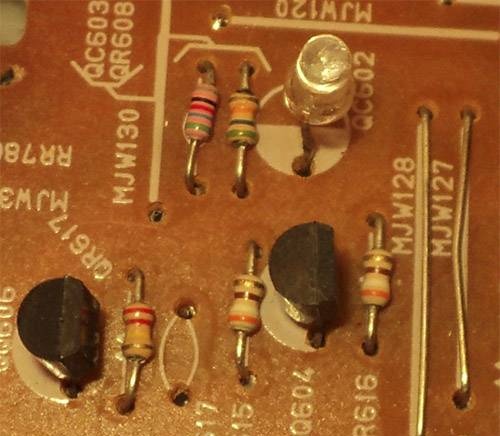
PS: You can build more than one circuit for the battery, but say three. That is, the first LED will work at a voltage of, say, 11. The second at 10.5 volts, and the third at 10 volts. Thus, you will more fully own information about the state of your battery.
